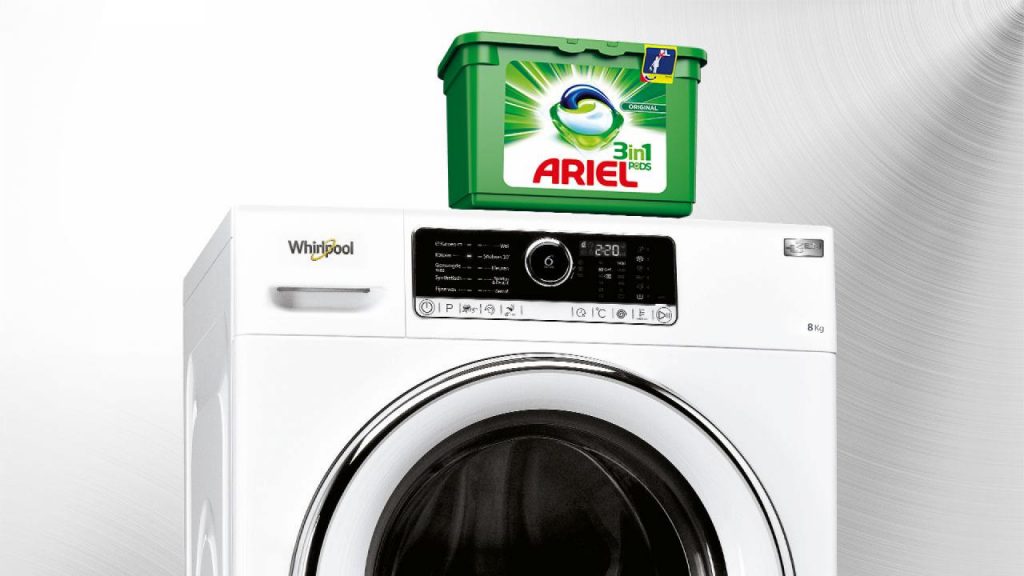Tips to Promote your Business with Cooperative Advertising
Understanding the Concept of Cooperative Advertising
Today, advertising has become the need of the hour. Failure to engage in smart advertising will result in a boost in your competitor’s sales and you definitely don’t want that to happen. However, advertising comes with a cost and bearing such huge media costs is not possible for all brands. That doesn’t mean you simply sit back and make absolutely no noise about your brand.
How about joining hands with another brand whose objective and target group resonates with yours? Out of this thought, a concept known as ‘Cooperative Advertising’ was born.
As the term suggests, two or more parties come together and pool in their financial resources for the benefit of the respective brands, by sharing the advertising costs.
For businesses with a small marketing budget, such kind of advertising works wonders.
A brand usually engages in cooperative advertising with another brand when there’s some kind of commonality between the two or their lifestyles match.
Besides sharing the media and production costs, they also share ad space whether it’s a billboard, paper cup, magazine, door sign or online ad.
While there are certain branding limitations and chances of minimised visibility, brands should look at the positive side as well.
Benefits of Cooperative Advertising
- Reduced Expenses: One of the primary advantages of cooperative advertising is making a much smaller investment and still getting the same number of advertising impressions. For example, a lot of brands want to take out a full page ad in the local newspaper but often hold themselves back due to the huge advertising costs. When you share the costs, you’re responsible for half the price but you still get exposure offered by the full-page ad.
- Greater Exposure: Once you embark on a co-op ad agreement, it means you need to make a smaller investment to get bigger exposure. If you’ve saved significant costs on one advertising medium by tying up with another brand, you can use remainder of the budget in more advertising outlets, which can greatly increase the presence of your brand. For example, after engaging on a co-op newspaper ad, you can use the remaining advertising spend on another medium such as cup branding.
- Mutual Prosperity: When you get involved in a cooperative advertising program that involves a big brand, you not just benefit and learn from their experience but also from their marketing strength as they spend a lot of time researching on effective ways to reach their target group. Ultimately, this improves your brand’s public visibility and you get to implement these lessons in your future marketing campaigns.
Examples of Cooperative Advertising
Basically, in cooperative advertising, everyone’s a winner.
- A billboard featuring McDonald’s and Coco-Cola is a classic example of the same.

- Another beautiful example and the perfect marriage of two brands is the Nike and Apple co-op ad. The commonality between the two lies in the fact that every serious runner or jogger listens to music while running. Since both the brands are mature in their own field, they were smart enough to target people who love sport as well those who enjoy music at the same time. A similar co-op partnership was witnessed between Reebok and Sony Ericsson that came together to present exercise as an experience and not a chore.

- Samsung India Electronics Pvt Ltd and Hindustan Unilever teamed up by having the former’s branding on one side of the latter’s Surf Excel packs. The main aim of this activity was to inform the target group that Surf Excel detergent works best with Samsung washing machines and vice versa. A similar cross promotion happened between Ariel detergent and Whirlpool washing machines too.

All-in-all, Cooperative advertising is a brilliant idea. Though the tie-up between the brands is short-term, the gains are long-term. However, careful selection of the appropriate co-branding partner is important because if the union fails to do well in the marketplace, both brands can suffer. The best way to avoid this is by ensuring that your partner’s target audience have a profile, demographic and psychographic, and brand value similar to yours.
Aiming for a two-fold reach with cooperative advertising? Hit us up!

